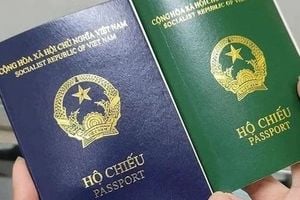The timing and shifts of continental collision between the Arabian and Eurasian plates, focusing on the Zagros Orogen from the late Oligocene to early Miocene.
The study reveals the timing of the initial continental collision between the Arabian and Eurasian plates and significant shifts in sediment provenance dating from the Late Oligocene to the Middle Miocene using analytical techniques such as U-Pb dating and detrital zircon analysis.
The research was conducted by authors from various institutions collaborating on this study.
The findings are relevant to geological events from the Late Oligocene (approximately 28 million years ago) to the Middle Miocene (approximately 15 million years ago).
The research focuses on the Haji Abad and Shamil areas within the Zagros Orogen region of Iran, particularly along the Main Zagros Thrust and the Minab-Zendan Fault.
Understanding the timing and shifts of continental collision helps decipher the paleogeodynamic evolution and tectonic history of the Zagros orogenic system.
The study utilized methods like sandstone petrography, U-Pb dating, and analysis of trace element and Hafnium isotopes from detrital zircon samples.
The research indicates the Pan-African Arabia basement was primarily the source of sediment until the Early Miocene, after which contributions from the Eurasia upper plate became significant.
"The minimum age of continental collision is characterized by a significant change in provenance, transitioning from detritus sourced from the Arabia lower plate to the Eurasia upper plate."
"Such an approach not only helps us to constrain the timing of collision but also provides valuable insights ..."
"Our findings reveal the Arabia-Eurasia collision was already underway by the Late Oligocene ..."
Begin with the significance of determining collision timing between Arabia and Eurasia and its impacts on geological studies, using supporting quotes to draw the reader's interest.
Provide contextual information on the geological history of the Zagros Orogen and previously proposed collision times, highlighting the questions raised and the need for new data.
Detail the analytical techniques used, emphasizing how each method contributes to determining provenance shifts and collision timing. Include mention of specific techniques like U-Pb dating of detrital zircons.
Discuss the core findings about sediment provenance changes, as well as the correlation between provenance and tectonic events during the Oligocene to Miocene period.
Summarize the study's main contributions to the field, including potential future research directions and unresolved questions raised by the findings.



